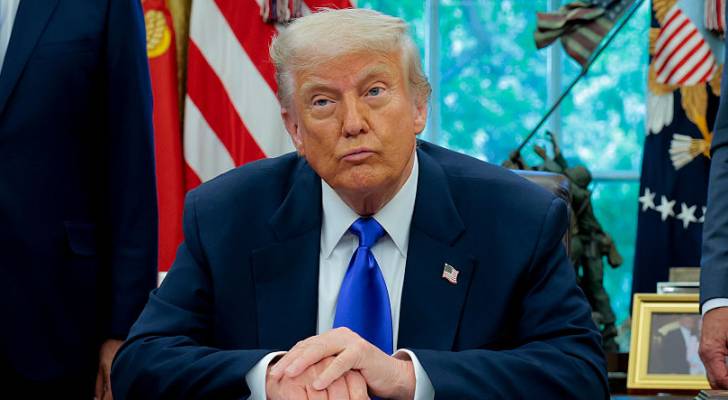
While the White House is trumpeting the “Art of the Deal,” some may say the recent U.S.-China trade deal is a chapter out of “The Subtle Art of Getting Steamrolled.”
Economist Peter Schiff recently took to X to blast the Trump administration for conceding the trade war without meaningful gains from China.
“How is this trade deal a win for Trump?” he asked. “China has agreed to nothing. The 145% tariffs we imposed have been reduced to 30%. The 125% tariffs they imposed in response have been reduced to 10%. If 145% tariffs were just a bargaining chip, China already called Trump’s bluff and won.”
He continued in response to comments, “So what have we won by agreeing to pause the war we started? We did not win a single battle in this war.”
Other economists echoed this view. “‘Big beautiful tariffs’ were intended to encourage reshoring and generate trillions in tax revenue to fund tax cuts,” James Knightley, chief international economist, ING wrote in a note to investors reported on by Business Insider.
But with tariffs lowered for 90-days, “most production remains cheaper in China than relocating it to the U.S.”
“I think it’s very clear that it’s President @realDonaldTrump who blinked,” Larry Summers, economist and former Treasury Secretary, wrote on X. “We had said that we were determined to impose these policies for an indefinite period. China didn’t make any consequential or significant change in its policies. Sometimes it’s good to blink. When you make a mistake, it’s usually best to correct it and retreat, even if it’s a little bit embarrassing.
America may not have gained much from its brief trade war, but it still stands to lose some economic battles in the months ahead due to its lingering impacts. Here’s why.
Despite recent trade deals with China and the UK, American consumers face an overall average effective tariff rate of 17.8%, the highest since 1934, according to The Budget Lab at Yale.
It estimates the U.S. tariffs and foreign retaliation will lower real GDP growth by 0.7% over 2025, raise the unemployment rate by 0.35% by the end of the year and increase price levels by 1.7% in the short-run, the equivalent of a loss of purchasing power of $2,800 per household on average in 2024 dollars.

